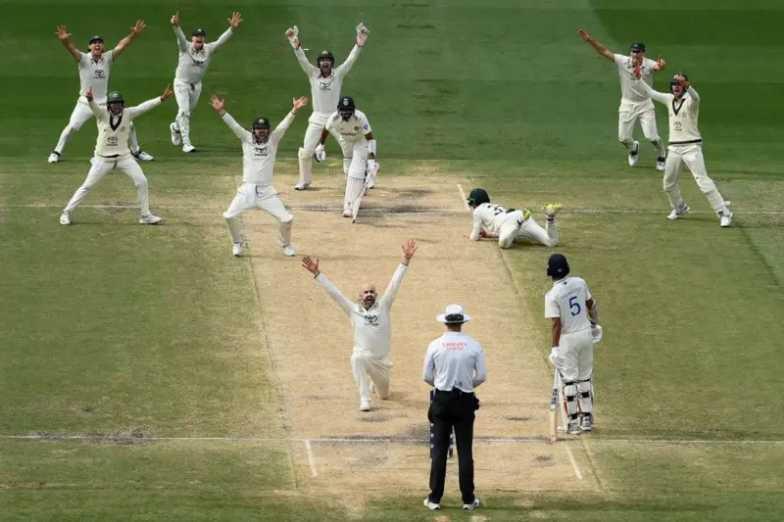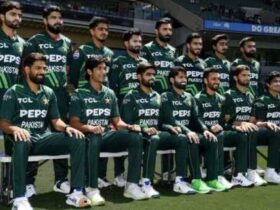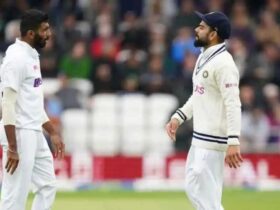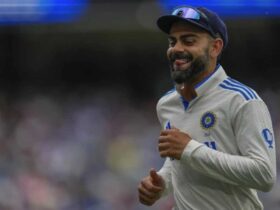Indian cricket fans are still reeling from the team’s crushing 1-3 defeat in the five-match Test series against Australia.
Once dominant in the Border-Gavaskar Trophy, with historic victories over the mighty Australians over the past decade, the tourists fell short, exposing vulnerabilities in a side long thought invincible.
The series highlighted glaring issues – Indian batters struggled, and Jasprit Bumrah was the lone bowler to trouble Australia.
The loss not only cost India the coveted Border-Gavaskar Trophy but also denied them a spot in the World Test Championship (WTC) final, breaking their streak of back-to-back appearances in 2021 and 2023, where they lost to New Zealand and Australia respectively.
India’s recent form is troubling – they have lost six of their last eight Tests, including a shocking 0-3 home whitewash against New Zealand.
The defeats have raised questions about the team’s depth, the future of key players like captain Rohit Sharma and former skipper Virat Kohli, and their ability to rebuild.
With a team in transition and stalwarts fading, Indian Test cricket faces pressing challenges to sustain its legacy in a rapidly evolving landscape.
India’s next red-ball challenge is a five-Test series in England starting July. England’s conditions, known for dramatic shifts even within a session, will test players’ technique, skills and adaptability to the limit.
India hasn’t won a series in England since 2007, with only two prior victories (1971, 1986), highlighting the daunting task ahead. Adding to the pressure, recent failures against New Zealand and Australia leave selectors grappling with tough decisions on player selection and team combinations for this critical campaign.
The biggest headache for selectors is the form of batting stalwarts Sharma and Kohli after dismal outings in Australia and earlier against New Zealand.
Sharma managed just 31 runs in three Tests in Australia, with his poor form seeing him dropping himself for the final game. Kohli fared slightly better with 190 runs in nine innings, but 100 runs of his total came in one knock. His dismissals followed a pattern – caught in the slips or behind the stumps – pointing to a glaring technical flaw or mental fatigue under pressure.
Since January 2024, Sharma has managed just 619 runs in 16 Tests with one century. Kohli’s numbers are worse over time – averaging 32 in Tests since 2020 with only two centuries.
Once a late-blooming Test opener and blazing match-winner, Sharma now struggles to find his ideal batting position. Meanwhile, Kohli’s surreal decline – after a decade of dominance and swagger- has left cricket’s former titan in an extended slump.
From Sunil Gavaskar to Sachin Tendulkar to Kohli, the baton of Indian batting greatness has passed seamlessly. But a worthy successor to Kohli remains elusive.
KL Rahul has the class but lacks the hunger for consistent big scores. Rishabh Pant is a thrilling maverick, equally capable of winning or losing a match. Shubman Gill, touted as the next Big Thing, has struggled overseas despite his undeniable pedigree and needs careful nurturing.
Punjab’s young left-hander Abhishek Sharma, mentored by Yuvraj Singh, is highly rated, while Nitish Kumar Reddy impressed on debut in Australia with his fearless performances in tough situations.
Yashasvi Jaiswal, India’s top Test run-scorer in Australia this series, has been the standout among young batsmen. With panache, patience, technical assurance, and explosive strokes, he looks poised to become Kohli’s successor as the team’s talisman.
India’s talent pool is brimming across departments. Jasprit Bumrah, with his 32-wicket haul against Australia, has cemented his status as a fast-bowling colossus. Backed by Mohammed Shami, Mohammed Siraj, and a dozen promising quicks, India boasts a formidable pace arsenal for all formats.
That said, Bumrah is a once-in-a-generation talent and needs careful workload management. Overburdening him, as in the Australia series, risks breakdowns that could impede the attack. Shami, after lengthy stints in rehab, also requires careful handling. Together, they form one of modern cricket’s most formidable pace pairs.
With Ravichandran Ashwin’s sudden retirement and Ravindra Jadeja’s lukewarm showing in Australia, India’s spin depth looks thin. However, Washington Sundar has shown promise on home pitches, while young spinners Ravi Bishnoi and Tanush Kotian, who joined the squad mid-series in Australia, are knocking on the doors of Test cricket.
Smarting from recent losses to New Zealand and Australia, the Indian cricket board is moving swiftly to usher in a transition. Selectors have been directed to shortlist potential Test players from the second round of the domestic Ranji Trophy, resuming 23 January.
All players, including Sharma and Kohli, are likely to be asked to play domestic cricket – a move that could help them regain form.
Managing a team in transition poses complex challenges requiring patience, empathy, and clear vision. Knee-jerk reactions or external pressure could worsen the situation instead of providing solutions.
Whether Sharma and Kohli can overcome their crisis remains to be seen, but India’s wealth of talent should lift the current gloom surrounding Indian cricket.
It’s worth recalling that in 2011, after winning the ODI World Cup, India was whitewashed 4-0 in Test series against England and Australia. Cricket seemed to hit rock bottom.
But, within months, a revival led by young talents like Kohli, Sharma, Cheteshwar Pujara, Ajinkya Rahane, Jadeja, Ashwin, and others saw India rise to become the world’s top team across formats, holding that position for nearly a decade.











Leave a Reply